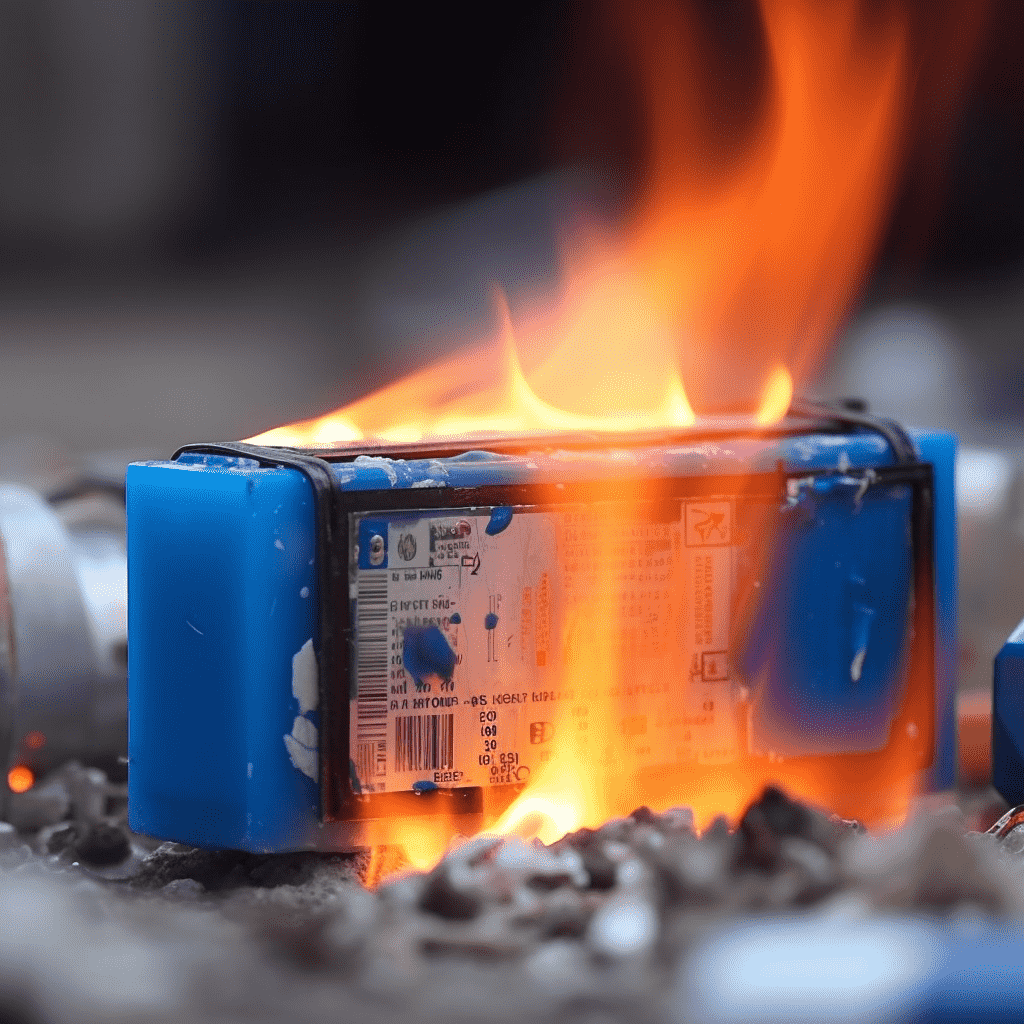Swollen batteries are a serious concern in the realm of portable electronics and energy storage. They occur when the internal pressure within a battery increases to the point that it physically expands. This article will shed light on what causes a battery to swell and the potential dangers it poses. We’ll examine the common causes behind this phenomenon, the signs that indicate a battery is swollen, and the appropriate steps to take when dealing with a swollen battery. Additionally, we’ll provide prevention tips to help avoid this issue, ensuring the safety and longevity of your battery-powered devices. Let’s delve into the world of battery safety and learn how to handle swollen batteries effectively.
What is a Swollen Battery and How Does it Happen?
-
Electrolyte Decomposition: Swollen batteries occur when the electrolyte inside a lithium-ion battery decomposes. As the battery undergoes charging and discharging cycles, the decomposition process produces gases as a byproduct.
-
Gas Accumulation: The accumulation of gases, such as hydrogen and oxygen, within the battery leads to increased pressure and the visible bulging of the battery. This abnormal condition compromises the battery’s integrity and can potentially result in safety hazards.
-
Safety Risks: Swollen batteries pose safety risks, including the potential for leakage, overheating, or even battery rupture. It is crucial to address swollen batteries promptly and follow proper handling procedures to mitigate these risks.
Dangers of a Swollen Battery
-
Risk of Fire and Explosion: A swollen battery carries the risk of fire and explosion. Mishandling or puncturing a swollen lithium-ion battery can lead to the release of flammable materials, potentially resulting in fires or dangerous explosions.
-
Rupturing Hazards: Swollen batteries are at risk of rupturing, which can cause further safety hazards. Ruptured batteries can release toxic gases and pose a threat to individuals in close proximity.
-
Importance of Prompt Action: Addressing swollen batteries promptly is essential to mitigate the risks associated with fire, explosion, or toxic gas release. Following proper safety protocols and seeking professional assistance when needed is crucial for handling swollen batteries safely.
Common Causes of Swollen Batteries
-
Overcharging: Overcharging a battery beyond its recommended capacity can lead to the accumulation of excess energy, causing the battery to swell over time.
-
Extreme Temperatures: Exposure to extreme temperatures, both high and low, can affect the chemical reactions within the battery, leading to swelling and potential damage.
-
Physical Damage: Physical damage to the battery, such as impacts or punctures, can compromise its structure and integrity. This damage can result in the release of gases and the swelling of the battery.
-
Natural Wear and Tear: Like any other component, batteries undergo natural wear and tear over time. Continuous charge and discharge cycles, along with age-related degradation, can contribute to the swelling of the battery.
Signs of a Swollen Battery
Signs of a swollen battery include physical bulging or expansion, lifting of the touchpad or keyboard, rocking of the system when placed on a surface, and uneven seams where case/cover parts meet. These signs indicate that the battery has swollen and requires attention.

Suspecting a swollen battery? Watch for these signs to ensure safety. Here’s what to look out for:
- Bulging Appearance: Obvious distortion or bulging of the battery signals a problem and potential danger.
- Difficulty Fitting: If the battery no longer fits snugly and requires extra force to fit, it might be swollen.
- Unusual Sounds or Smells: Hissing noises or a rotten egg odor could indicate a swollen battery, pay attention to any unusual sounds or smells.
- Increased Heat: If your device is running hotter than usual, it may be a symptom of a swollen battery, as excess heat can cause expansion.
- Poor Performance: Faster power drainage or unexpected shutdowns suggest a compromised battery needing attention.
Immediate action is crucial if you notice any of these signs to prevent further damage and potential hazards associated with a swollen battery.
How to Handle a Swollen Battery
-
Replace the Battery: When a battery swells, it is essential to replace it immediately. Continuing to use or charge the device with a swollen battery can pose risks.
-
Avoid Charging or Using the Device: To prevent further complications, refrain from charging or using the device until the swollen battery has been replaced. This helps minimize potential hazards.
-
Carefully Remove the Battery: If the battery is removable, take caution when removing it from the device. Handle it with care to avoid puncturing or damaging the battery during the removal process.
-
Place in a Fireproof Container: To ensure safety, place the swollen battery in a fireproof container or a lithium-ion fire and smoke containment bag, if available. These containers help contain any potential fire hazards.
Prevention Tips for Avoiding a Swollen Battery
-
Use Original Chargers: Always use original chargers or those recommended by the device manufacturer. This ensures proper charging and prevents overcharging, which can lead to battery swelling.
-
Avoid Extreme Temperatures: Protect your device from extreme temperatures. Avoid exposing it to excessive heat or cold, as extreme temperatures can negatively impact battery health and increase the risk of swelling.
-
Prevent Overcharging: Avoid leaving your device plugged in and charging beyond its recommended capacity. Overcharging generates excess heat, which can contribute to battery swelling.
-
Avoid Deep Discharges: Regularly discharge your battery partially rather than fully. Deep discharges can strain the battery and increase the risk of swelling. Recharge your device at moderate levels to maintain battery health.
-
Use Protective Cases Wisely: If using a protective case, ensure it does not obstruct proper ventilation or cause excessive heat build-up. Proper airflow helps dissipate heat and prevents the battery from overheating and swelling.




